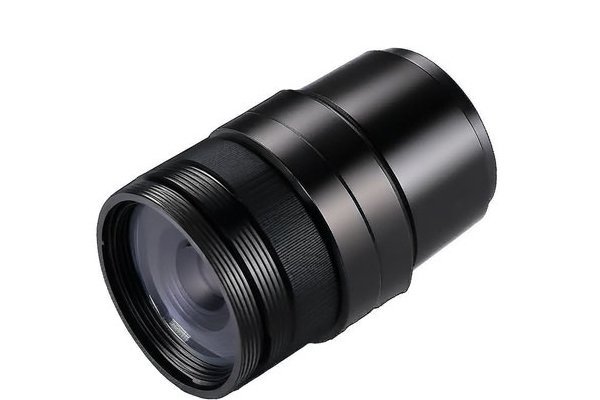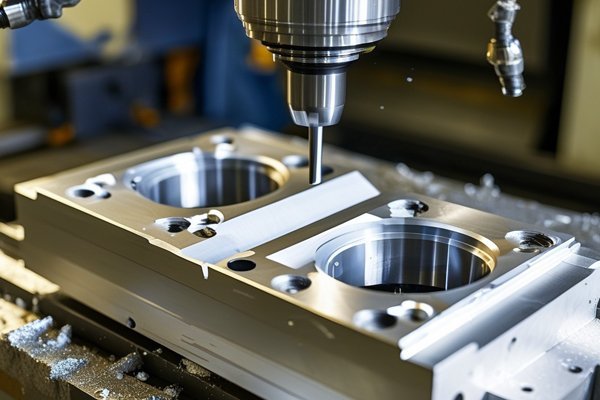Did you know that according to a study by the National Institute of Standards and Technology (NIST), errors in threaded hole dimensions can lead to assembly failures costing manufacturers millions of dollars each year? This highlights the critical need for precision in CNC machining, particularly when it comes to threaded holes. In this comprehensive guide, we will explore the intricacies of ensuring the accuracy and fit of threaded holes in CNC machining, leveraging detailed solutions that can enhance manufacturing processes.
CNC (Computer Numerical Control) machining is a manufacturing process that utilizes computer software to control machine tools. This technology is essential in producing parts with high precision and repeatability. Threaded holes are an integral aspect of many components, allowing for fastening and assembly. They are prevalent in automotive parts, aerospace components, and everyday applications.
The manufacturing of threaded holes has specific challenges because they must meet precise dimensional tolerances to ensure proper fitment and function. A good understanding of the threading standards, geometry, and machining variables is crucial for success.
Before diving into the solutions for ensuring accuracy, it’s important to recognize the types of threaded holes generally involved in CNC machining:
Ensuring the accuracy and fit of threaded holes is influenced by several factors which we will delve into here.
3.
The correct tooling is critical in achieving the desired accuracy. Options include:
Choosing appropriately sized taps corresponding to the thread type (e.g., M2, M3, etc.) is essential.
3.
A well-calibrated CNC machine is foundational for precise machining.
3.

The choice of material impacts the threading process.
In this section, we’ll discuss effective methods to ensure that threaded holes are accurate and fit the components they connect.
4.
Using superior tools tailored for CNC machining can drastically improve outcomes. Techniques include:
4.
Accurate measurements are the backbone of successful machining.
4.
Even the manufacturing environment can affect CNC machining.
Implementing robust QA practices ensures consistent quality results.
5.
Before beginning a job, inspecting all tools, materials, and setups helps identify potential issues early.
5.
Use real-time monitoring technologies to keep a tab on the machining process for immediate correction of deviations.
5.
Conduct thorough inspections after machining to verify that all dimensions meet required specifications.
Errors in threaded holes can arise from various sources, such as:
Reviewing case studies where organizations successfully enhanced their threading processes can provide insights. Consider:
Ensuring the accuracy and fit of threaded holes in CNC machining is an intricate process that, when executed correctly, can yield substantial benefits. From selecting appropriate tools to implementing quality control measures, we’ve highlighted essential methods to tackle this issue effectively.
In summary, the importance of precision in threading cannot be overstated. As manufacturing technologies continue to evolve, staying informed about best practices will empower suppliers to maintain high-quality standards essential for successful assembly and functionality.
As you consider the information shared in this guide, remember that the attention to detail you apply today can mitigate costly errors tomorrow. Investing in the accuracy of threaded holes is not just a technical necessity; it’s a strategic advantage that can set your operations apart in a competitive landscape.
As the future of CNC machining holds promise and innovation, ongoing education and commitment to best practices in threaded hole machining will be crucial to achieving excellence in production.
Thank you for exploring this essential topic with us; let’s strive for precision together!
Related Posts
- What is the difference in appearance between powder coating and sandblasting surface treatment in CNC machining?
- What are the process requirements for CNC milling of nylon parts and how do they differ from other materials?
- How to Ensure Smooth and Burr-Free Edge Treatment After CNC Machining for Optimal Quality?






